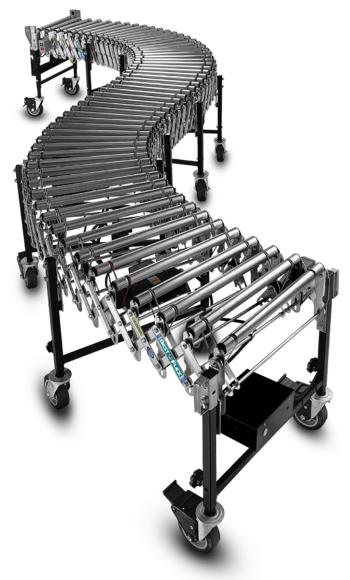Reducing Equipment Downtime
With the busy season fore E-Commerce and Store Replenishment upon us, CSI-Aftermarket Service Team thought a few reminders for maintaining the equipment in our facility would be a good idea. Reducing Equipment DowntimeMany teams within a facility have a positive impact on keeping the equipment operation as intended. This is not just the maintenance crew making repairs fast. Typically, the equipment will tell you there is a problem way before it fails. (Like a toddler dancing just before they go to the bathroom, if you catch it, you don’t have to change their clothes…) The CSI Aftermarket Service Team put these together as a good baseline to start with. Don’t hammer in a screw. Use the equipment as intended. Double stacking product on a conveyor is a very typical situation we see in the busy season. This may overload many parts of the drive train and cause early failure rates. Train for Success. Procedures for human interaction with the equipment need to be recorded and operators trained on. Stopping the conveyor by using the ESTOP is not the best practice. Controls are designed to stop the sequence of operation in a safe manner for operators and equipment. The ESTOP may lock down certain aspects which will cause wear that is not needed. Look, Listen, Feel. The production team relies on the equipment to make their job easier. Watching the equipment to see if something just doesn’t look right, listen for abnormal noises, feel for vibrations or excessive heat… All these steps will help the maintenance staff determine if the equipment needs some attention. A great practice we see in many facilities is a white board or clipboard that operators on all shifts can make notes on. If an incident occurred, make notes, explain anything of abnormal operations. The case that came down the line in the wrong direction caused a jam in the sortation area. No apparent damage to the machine. Still something that can be noted, and solutions found for these situations. Make time for Scheduled Maintenance. Whatever you call it, Planned Maintenance, Scheduled Maintenance, Strategic Care, Predictive Maintenance, Preventative Maintenance, etc. these plans are designed to maintain and replace components before a failure. MTBF- Mean Time Between Failure, is a common theme in maintenance departments for any type of equipment. From a motor to a VPN router, equipment has a given life span. Replacing it before it fails is key. Like replacing the ink cartridge in your printer when low vs. after your half-printed document comes out and you have to scramble to find the cartridge, figure out how to open the machine, replace the cartridge, reprint the document and get to the meeting on time. Keep Paper in Stock. Similar to the above paragraph, what would happen if the printer ran out of paper and there was no more paper on hand? You could not print the information until more paper was delivered. If a bearing fails and the machine is down, you turn a 20-minute repair into a 3-4 hour downtime. Identify all critical spare parts. This is based on several factors, including how long it will take to get a spare part on hand. If a part takes more than 24 hours and is a critical part to the operation, you should have those on hand. If a part can be delivered in less than 24 hours, but you need 2 or 3 a week, have 5-6 on hand and reorder when low. Document Maintenance Procedures. There are many ways this can be done. From a simple set of notes to fully automated and customized software platform. Which ever are used, follow them. Conveyors, Carousels, Sortation equipment, Air Compressors, Lift tables, even simple pack tables, should all have documents to follow for Daily, weekly, monthly, annual maintenance. The links above will take you to simple best practices for some of your scheduled maintenance.










